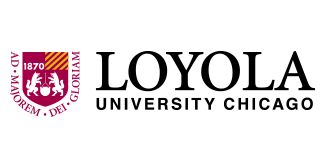COVID-19 Vaccine Hesitancy Among Rural Americans
Major
Public Health
Anticipated Graduation Year
2022
Access Type
Open Access
Abstract
COVID-19 has touched and, in some cases, decimated the lives of millions of Americans. However, when the vaccine emerged, there was an astounding amount of hesitancy. This was particularly the case among rural communities. This study explores the question: which factor is most predictive of vaccination status among rural Americans? Research suggests that the majority of rural Americans (58%) view getting vaccinated as a personal choice and despite having physical access to a vaccination site, financial incentives and employer requirements, the likelihood of getting vaccinated did not increase significantly. Additionally, unvaccinated adults in general are three times more likely to be Republican, more likely to believe in misinformation, and more likely to live in rural areas then Democrats. Therefore, the most effective way to target public health messaging for rural Americans is to build trust in the vaccines, frame vaccination as a positive individual choice, and increase education to combat misinformation.
Faculty Mentors & Instructors
Dr. Justin Harbison, professor of Public Health
Creative Commons License

This work is licensed under a Creative Commons Attribution-Noncommercial-No Derivative Works 3.0 License.
COVID-19 Vaccine Hesitancy Among Rural Americans
COVID-19 has touched and, in some cases, decimated the lives of millions of Americans. However, when the vaccine emerged, there was an astounding amount of hesitancy. This was particularly the case among rural communities. This study explores the question: which factor is most predictive of vaccination status among rural Americans? Research suggests that the majority of rural Americans (58%) view getting vaccinated as a personal choice and despite having physical access to a vaccination site, financial incentives and employer requirements, the likelihood of getting vaccinated did not increase significantly. Additionally, unvaccinated adults in general are three times more likely to be Republican, more likely to believe in misinformation, and more likely to live in rural areas then Democrats. Therefore, the most effective way to target public health messaging for rural Americans is to build trust in the vaccines, frame vaccination as a positive individual choice, and increase education to combat misinformation.


